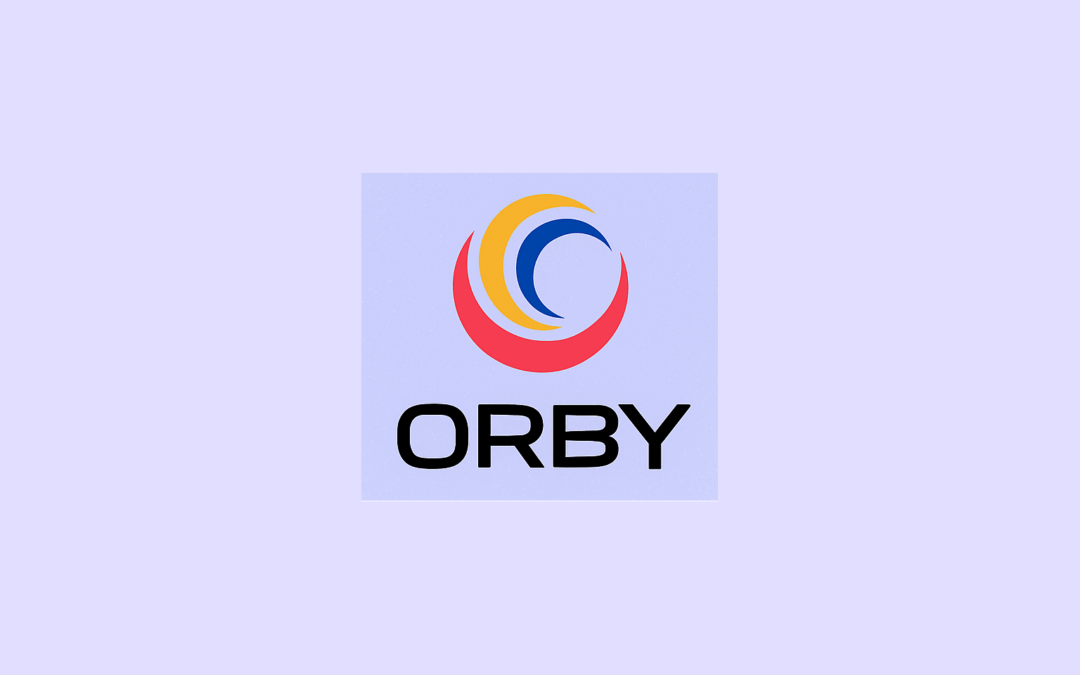Using Conference Room Pilots to increase the effectiveness of technical project management.
Conference Room Pilot (CRP) is a hands-on method used to validate new systems or software by allowing end-users to interact with them in a controlled environment. Traditionally this would be a conference room but can easily be adapted using collaboration tools like Microsoft Teams.
In the software development industry, the main benefit of CRP is to confirm that different stages of software development meet organizational and end user expectations.
Although CRP can be used in isolation, Orby would integrate CRP into our Agile processes with a CPR occurring every 3 or 4 sprints. CPR does not replace our weekly Standup meetings with clients but offers an effective way to intermittently test the ‘whole of process’ status at key stages of a project.
Because of the distributed work environment employed by Orby and many of our clients, it is difficult to organise all the key stakeholders to be in the same physical room. Microsoft Teams doesn’t provide the same personal interaction as a true ‘conference room’ meeting, but it does provide many advantages including:
- More convenient scheduling and rescheduling of meetings.
- Recording of presentations for distribution and future viewing.
- Sharing of a screen by presenters to show progress and concepts.
- Sharing of a screen by participants to test understanding and make suggestions.
Conference Room Pilot is different to User Acceptance Testing (UAT) and does not replace UAT. They look very similar – and are very similar. In both case you’re testing the process end-to-end with a project team and subject matter experts in the system. The difference is the CRP happens during the development phase where you can still make some fundamental changes to the system if necessary, whereas the UAT is during deployment where your primary aim is to validate the system and raise any bugs you find. In both cases, it’s good to try to break the system to expose any potential issues that an end user might encounter in production. CRP data is typically a sampling of the client data whereas the UAT is the full client dataset.
Conference Room Pilot – Checklist
Make out employee attendance: Establish a good attendance list and custom build the CRP training to improve employee skills and users’ needs to ensure each employee is in the meeting.
Define and communicate objectives: Before discussing the technical aspects, it is necessary to introduce them. Clearly define the number of sessions and pilots covered in that session and let the employees know about this. Make sure of total attendance in all sessions.
Put in real data: Use actual data for better understanding in the pilot. It helps the employees to understand how the implementing software relates to their role.
Invite project supporters: During sessions, invite them to get their ideas and suggestions.
Give time for conversations: Let the employees ask their questions and doubts. If no one is ready to ask questions, the person taking the session must ask questions. It is good to get feedback.
Set the proper timings for the session: Set the convenient time to take sessions so that the maximum number of participants can attend the session.
Review the results: Keep track of topics discussed during sessions by documentation. After that, generate the final report that must include the following things.
- The outcomes of the conference room pilot
- The issues registered
- The list of software that fulfills your organization’s requirements
We hope you found this article interesting and useful – the Orby Team.

